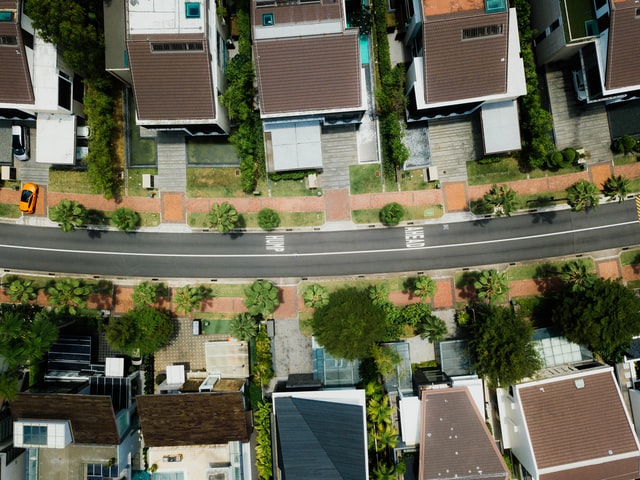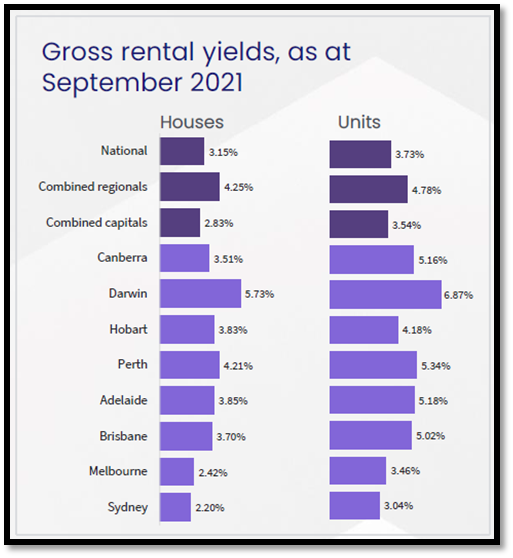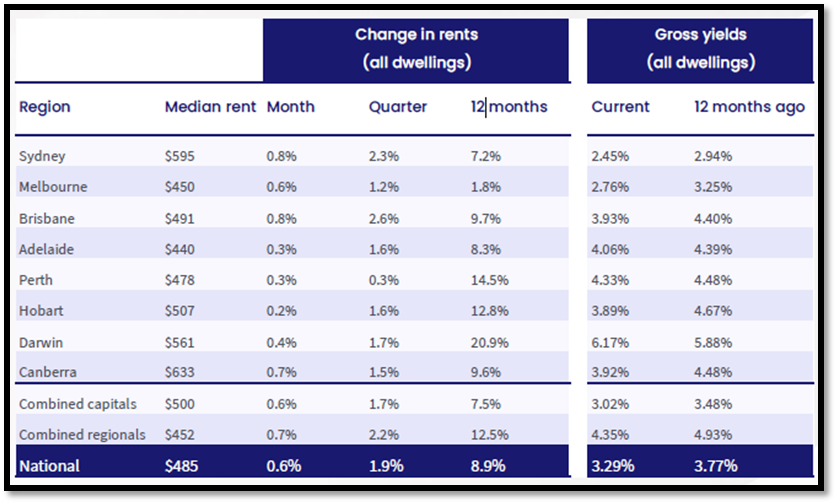
An anaemic supply of rental homes has resulted in a "dramatic" annual increase in rents in September.
According to CoreLogic, the national median rent grew by 8.9% on an annual basis, the highest rate since July 2008.
On a quarterly basis, the growth in rents in September was slightly lower compared to the previous period, up by only 1.9% versus the 2.1% recorded in over the June quarter.
Despite this gain in rents, rental yields are on a downtrend.
In fact, national rental yields have been declining on a monthly basis since October last year, with the latest one hitting 3.29%.
This downtrend was apparent across capital cities and regional markets.
Combined gross rental yields declined to 3.02% for capital cities and 4.35% in regional cities.
The compression in rental yields despite the increase in rents can be attributed to the gains in dwelling values.
While national rents grew by 1.9% during the quarter, dwelling values rose at a significantly faster pace at 4.8%.
Still, Australia and most of its capital cities' rental yields remain in the healthy range of 3% to 5%.
That was not the case, however, for Sydney and Melbourne, where respective rental yields were at 2.45% and 2.76% in September.
Here's a breakdown of gross rental yields across capital cities and dwelling type:

Rents growing faster in regional markets
Regional markets outpaced capital cities both in terms of monthly and annual gains in rent.
Over the month, the combined growth in rents rose by 1.7% for capital cities and 2.2% for regional markets.
The difference was more significant on an annual basis — regional rents grew by 12.5% while capital city rents only increased by 7.5%.
Brisbane and Sydney recorded the highest quarterly growth in rents among capital cities at 2.6% and 2.3%, respectively.
Despite the gains, Adelaide remained the cheapest capital city for rents at $440 per week.
On the other hand, Canberra maintained its status as the most expensive market where homes rent for a median of $633 weekly.

Factors influencing growth in rents
CoreLogic research director Tim Lawless said the growth in rents could be attributed to several factors, including the increasing desire for detached housing and the lack of supply.
“Renters are clearly looking for lower density housing options, with house rents rising at more than double the pace of units rents over the past year,” he said.
However, it is worth noting that the trend is starting to narrow, with national house and unit rents rising at the same rate over the September quarter at 1.9%.
“Another factor that may be contributing to rental demand is that more renters are working from home, which could be driving a trend towards smaller rental households as tenants look to maximise their space and working environment during COVID,” Mr Lawless said.
—
Photo by CHUTTERSNAP on Unsplash.